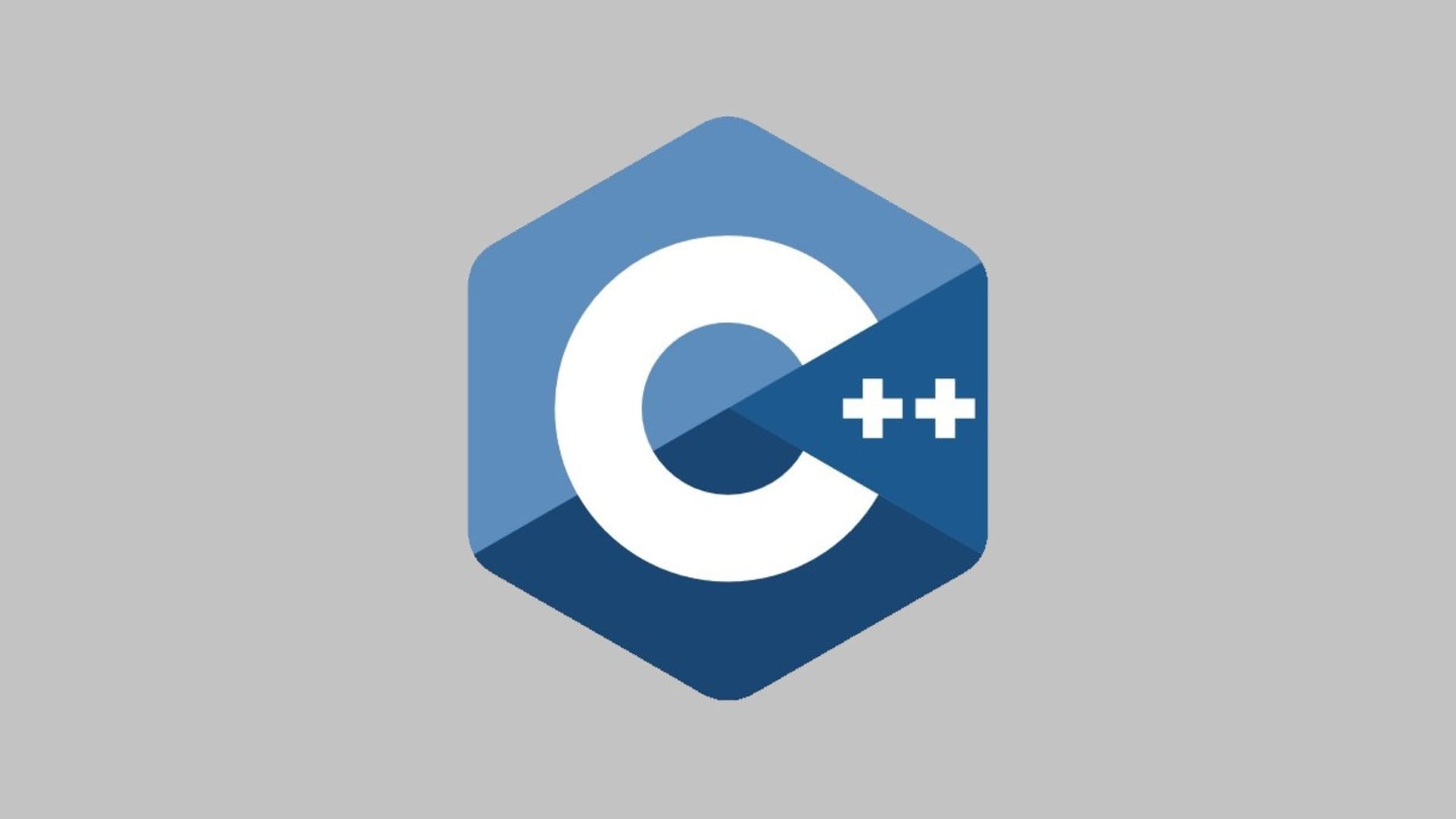PHP is, without a doubt, one of the most invaluable programming languages for web development. Web engineers have been using it for quite some time, and its popularity has risen to such a point that 79% of websites use it. It’s not surprising to learn that PHP has a vast community and countless resources to make web development far more accessible.
At BairesDev, we know so because our web development teams have used PHP time and time again for numerous projects. In fact, our teams have resorted to those resources to power up many clients’ projects, especially one of PHP’s most powerful frameworks – Symfony. This framework has aided us in many journeys and will undoubtedly continue to do so in the future.
That’s especially true for our Drupal development services team, which swears by Symfony as the perfect ally for Drupal. How come? Well, Drupal uses Symfony components in its core library. This means that understanding how Symfony works allows you to look under Drupal’s “hood.” Here are some things to keep in mind.
But First – What’s Symfony?
The official Symfony website defines it as follows:
“Symfony is a set of PHP Components, a Web Application framework, a Philosophy, and a Community — all working together in harmony.”
It’s important, then, to understand each of its elements to truly grasp what Symfony can bring to the table – especially for Drupal developers. So, let’s break those elements down:
Web application framework
A reusable software environment that provides particular functionalities to create websites and web applications more easily. This framework is built with Symfony Components.
Components
The elements that make up the framework and which are used to build PHP applications. Drupal uses some of these components in its core.
Philosophy
Symfony’s creators emphasize the importance of adopting best practices, leading to increased professionalism, standardization, and highly interoperable applications.
Community
Like PHP, Symfony is widely adopted on a worldwide scale, making it a great alternative for web development, as there are numerous forums and resources to foster any Symfony project.
Benefits of Symfony
Symfony’s definition should already give you a glimpse of its benefits. But it’s worth reviewing them, as it helps understand why learning Symfony is such a good career path for engineers working in Drupal development.
Flexibility
Components and bundles provide Symfony with a high degree of flexibility. On the one hand, components allow you to decrease the number of routine tasks you have to tackle. On the other hand, bundles plugin-like nature lets you reuse them across various applications and projects. Combining both elements allows you to combine them as needed with ensured performance and stability.
Reliability
Symfony has proven its value time and time again – there’s its longevity as a testament to that reliability. Developers keep turning to it because of how stable and flexible it is. Its reliability is so high that some frameworks have started using it as a foundation, including Drupal.
Testing
Since Symfony relies on bundles and components, you can be sure that all are thoroughly tested. That’s supported by the wide community support and Symfony’s philosophy that fosters good practices when writing code.
Documentation
Perhaps you don’t see documentation as a major advantage, but it truly is. Symfony’s documentation is proof that proper documentation can take you a long way, as you can use it to find detailed explanations of all components and the entire development process.
Why Symfony And Drupal
There are many benefits of learning Symfony for Drupal developers. First and foremost, it allows them to take a peek inside Drupal itself, as the web content management framework uses Symfony components such as EventDispatcher, HttpFoundation, Routing, Validator, and Yaml. Knowing how to handle them can bring several advantages to any PHP project. How so? Because you can power up your projects by adding new components on-demand (something that you can do through the composer and the autoload).
By reusing components and bundles from Symfony, you’ll be building your Drupal project on top of some highly tested code that has been written following strict guidelines and standards. That means that you won’t have to lose time and effort writing and testing new code for your project to enjoy many functionalities – it’ll be available for you through those Symfony elements.
What’s more, learning about Symfony takes you to learn about good practices and standards, which ultimately elevates your products’ quality. That’s because you’ll end up absorbing Symfony’s philosophy and will learn about writing good code by reusing code that’s been thoroughly tested and endorsed by a vast community of developers. In a sense, using Symfony in combination with Drupal can take you to cleaner and more maintainable solutions with superior performance.






